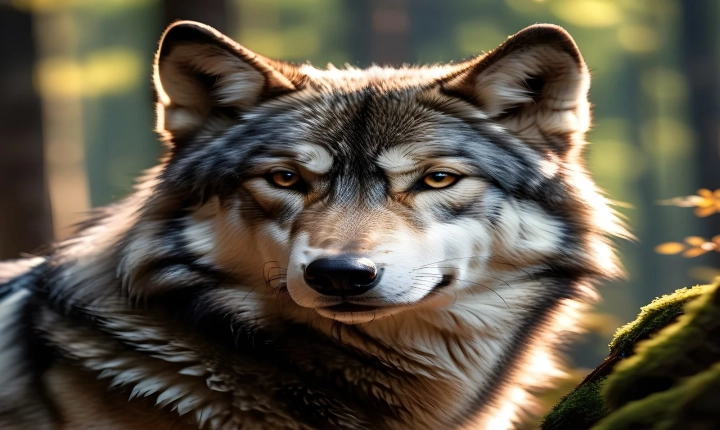Title: Exploring Conversational AI: Can ChatGPT Create Pictures?
In recent years, the development of conversational AI has brought about remarkable progress in natural language understanding and generation. One of the most prominent models in this field is OpenAI’s GPT-3, which has revolutionized the way we interact with AI through text-based conversations. But can the capabilities of conversational AI extend beyond generating text to creating visual content? More specifically, can ChatGPT, a variant of GPT-3 optimized for chat-based interactions, produce pictures? In this article, we’ll explore the potential of ChatGPT in generating images and the challenges associated with this endeavor.
ChatGPT is a language-based, large-scale AI model designed to understand and respond to text inputs in a conversational manner. Its architecture allows it to generate human-like responses, engage in dialogues, and provide information on a wide range of topics. While ChatGPT excels in text-based interactions, the idea of enabling it to generate visual content is an intriguing concept that has garnered interest within the AI community.
Generating images through conversational AI involves a complex set of challenges. Unlike in natural language processing, where coherence and logical reasoning are paramount, generating visual content requires understanding spatial relationships, object recognition, and artistic interpretation. While recent advancements in AI, such as generative adversarial networks (GANs) and variational autoencoders, have shown promise in generating images, integrating these capabilities into a conversational AI model like ChatGPT presents significant technical hurdles.
One approach to enabling ChatGPT to create pictures is to integrate it with existing image generation models. By leveraging the strengths of both text-based and image-based AI models, ChatGPT could potentially prompt an image generator to produce a visual representation based on the context of the conversation. This would involve training ChatGPT to understand visual prompts and generate accompanying textual descriptions that guide the image generation process. However, bridging the gap between text and image understanding poses considerable challenges, requiring sophisticated cross-modal learning techniques and extensive training data.
Another avenue for exploring the potential of ChatGPT in creating pictures is through multimodal AI models that can process and generate both text and images. These models, which combine natural language processing and computer vision capabilities, have shown promise in tasks such as image captioning and visual question answering. Adapting such models to a conversational context could enable ChatGPT to not only understand and discuss images but also generate visual content during the course of a conversation.
Despite the technical complexities involved, the potential applications of a visually-enabled ChatGPT are diverse and intriguing. From assisting in creative endeavors such as storytelling and concept illustration to aiding visually-impaired individuals by generating descriptive imagery, the ability to create pictures through natural language interactions has far-reaching implications.
In conclusion, while the prospect of ChatGPT being capable of creating pictures presents several technical challenges, it represents an exciting frontier in the development of conversational AI. Advancements in multimodal AI and cross-modal learning, combined with the innovative integration of text and image generation models, could pave the way for a future where AI-powered conversations encompass both linguistic and visual dimensions. As researchers and engineers continue to explore the boundaries of AI capabilities, the potential of ChatGPT to create pictures may not be far from realization.
